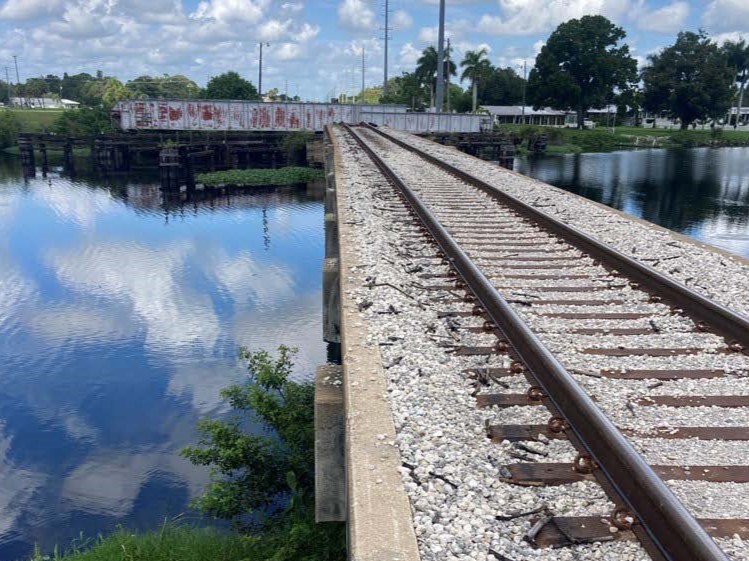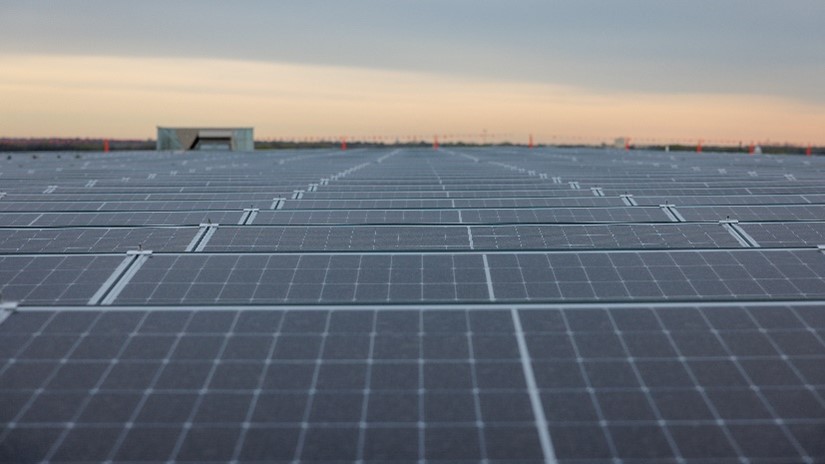
Overview: FTI’s Railroad Signals Division Completes 25 Projects in First Year, Secures Future Contracts for Safety & Innovation
The Railroad Signals Division started in January 2024 and completed 25 projects its first year. Among its larger projects, FTI has secured a three-year contract for maintaining over 450 railroad signal assets, and a contract for installing 39 Train Defect Detector systems in Ohio. The division focuses on safety, innovation and partnerships, particularly with Genesee and Wyoming railroads.
Challenges: FTI Completes Railroad Signal Projects Ahead of Schedule, Enhancing Safety and Efficiency in Diaz, Bunge Yard & Moorehaven
- Project 1: Diaz, Arkansas: We installed and maintain flashing light gate assemblies to protect the traveling public on a railroad. The project was completed in six days, ahead of the industry standard of 10 days, despite challenges related to unorthodox brush clearing and coordination with the power company.
- Project 2: Bunge Yard Automation: We installed power switches and an automatic equipment identification (AEI) reader system for remote operation. The project was completed two weeks ahead of the deadline, and Bunge is exploring further opportunities with FTI. The project faced challenges due to strict deadlines and required close collaboration among multiple teams.
- Project 3: Moorehaven Bridge Upgrade: We implemented a bridge automation system to enable remote operation, improving safety and efficiency while reducing interruptions. The project faced tight deadlines before the sugar harvest season and required collaboration between teams for signal system integration and track interface controls.
Solutions: FTI Enhances Efficiency with Pre-Manufactured Gate Mechanisms, Remote Operations at Bunge Yard, & Moorehaven Bridge Automation
To save time on-site at Diaz, Arkansas, we used pre-manufactured gate mechanisms. We installed power switches and an AEI reader system to allow remote operation of the switches and track cars entering and leaving the Bunge Yard. Then we automated the Moorehaven bridge to allow for remote operation. This eliminated the need for an employee to manually operate the bridge, improving efficiency and reducing interruptions to train operations.






